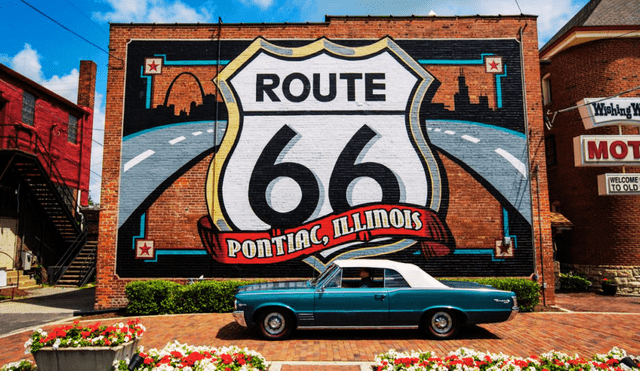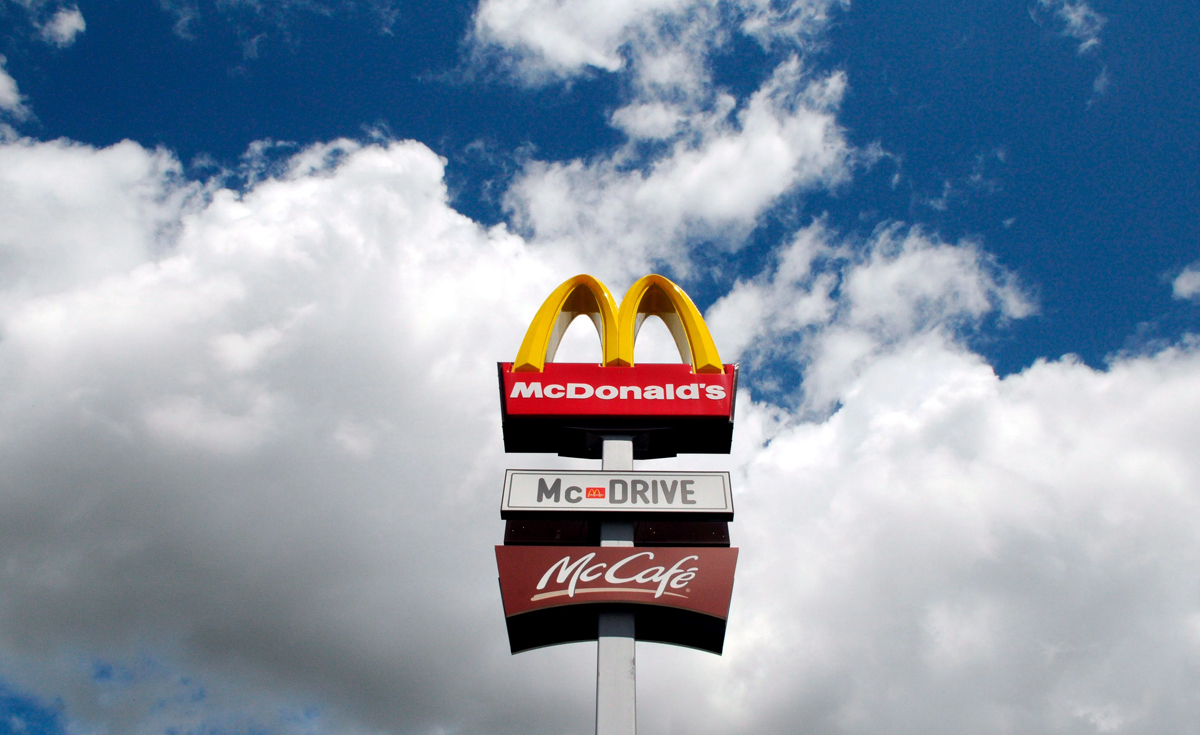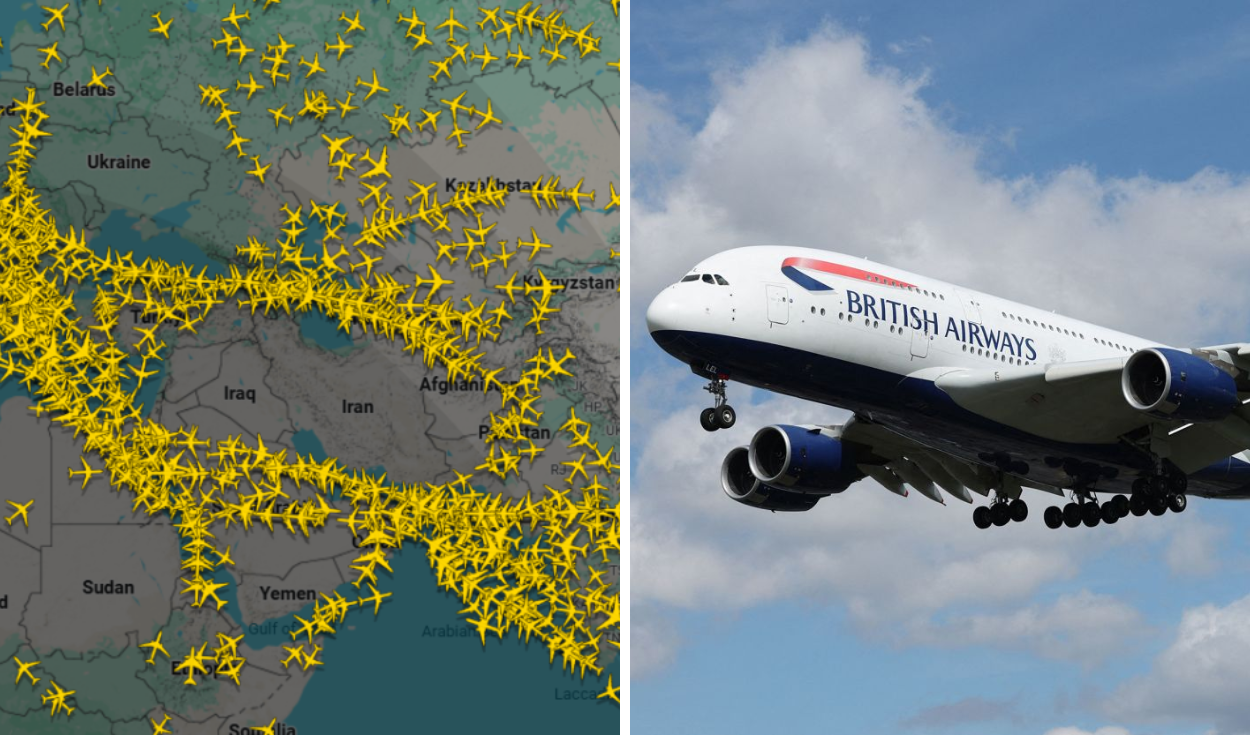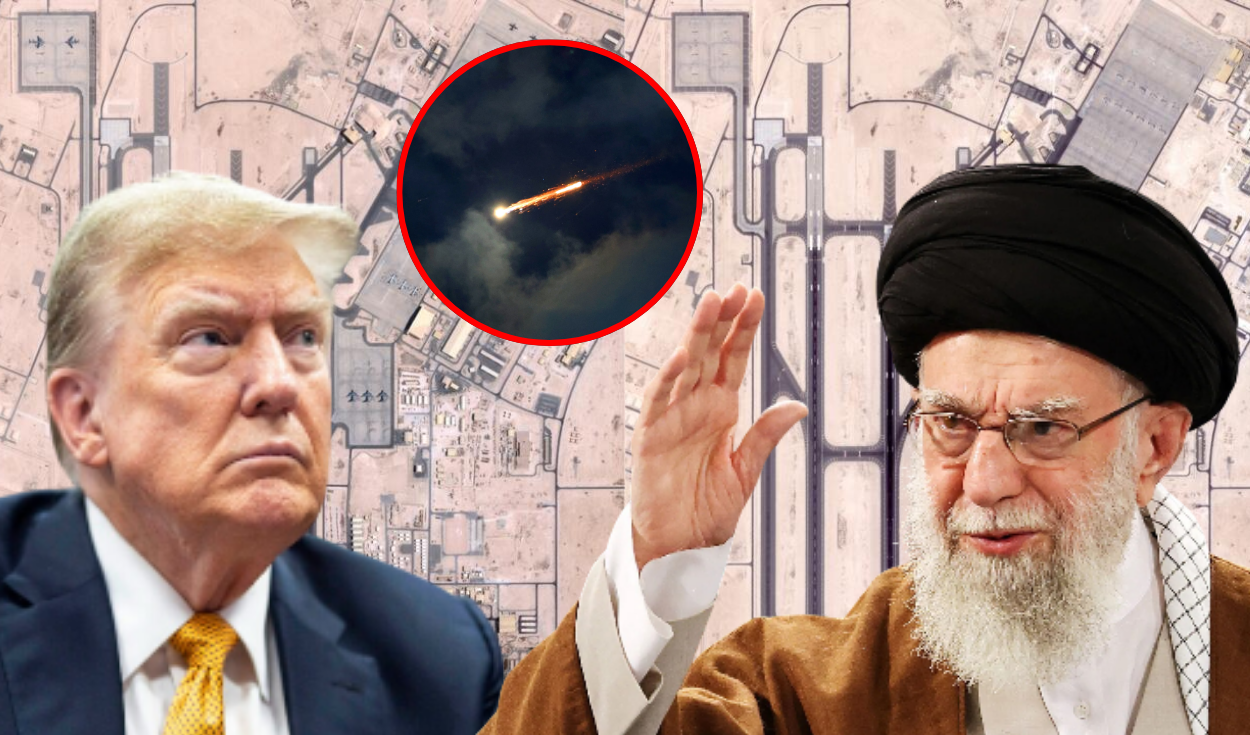What is Route 66? Discover the iconic 4,000-kilometer road that crosses 8 U.S. states
Route 66 embodies American road trips, history, and pop culture memory; covering 8 states across the United States.

Few roads have entered American minds, like Route 66. Initiated in 1926, Route 66 began in Chicago and traveled west towards Los Angeles - cutting across many small towns and changing landscapes. Eventually we came to see it as not just a route, but a cultural landmark of sorts, woven into the narratives of migration, adventure-seeking, and the automobile culture that was emerging in the United States.
In the decades since its Famous and frustrated times as a route of migration, Route 66 became a cultural memory of diners, motels, and a historical sense of roaming and freedom of open road that the idea of travel, adventure, and the automobile conjure.
A lifeline through history and hardship
Route 66 was more than just a way west during the Great Depression—it became a mark of survival. Families fleeing the drought and poverty of the Dust bowl packed up all their belongings and traversed the route in search of better pay and better opportunities in California. The road was more than a guide east and wes, it became a symbol of hope for thousands.
In the 1940s, when World War II broke out, the road played a crucial role in the war as a transport corridor for troops and equipment. And when the war ended, the road again took on a completely different character—this time it became a recreational travel corridor. By the 1950s there was no end to neon lights flashing from diners, motels, and roadside gas stations all across one of America's greatest travel periods.

ALSO SEE: The secret to aging well? A daily cup of coffee helps women age gracefully, research finds
Timeless stops that keep route 66 alive
Even if nearly half a century has passed since it was destroyed, Route 66 is still explored. It is inhabited by all sorts of motels, restaurants, businesses, and authentic neon-lit attractions. This all makes for an authentic experience that reconstructs mid-century America.
Notable stops features include: graffiti-riddled preach the Cadillacs at Cadillac Ranch in Texas, the El Rancho Hotel in Gallup, New Mexico (once a favorite for Hollywood star lodging), the final "end-of-the-road" marker at Santa Monica Pier, groovy murals adorned in Pontiac, Illinois, and the quiet untested stretches that seem petrified through the desert palette.












